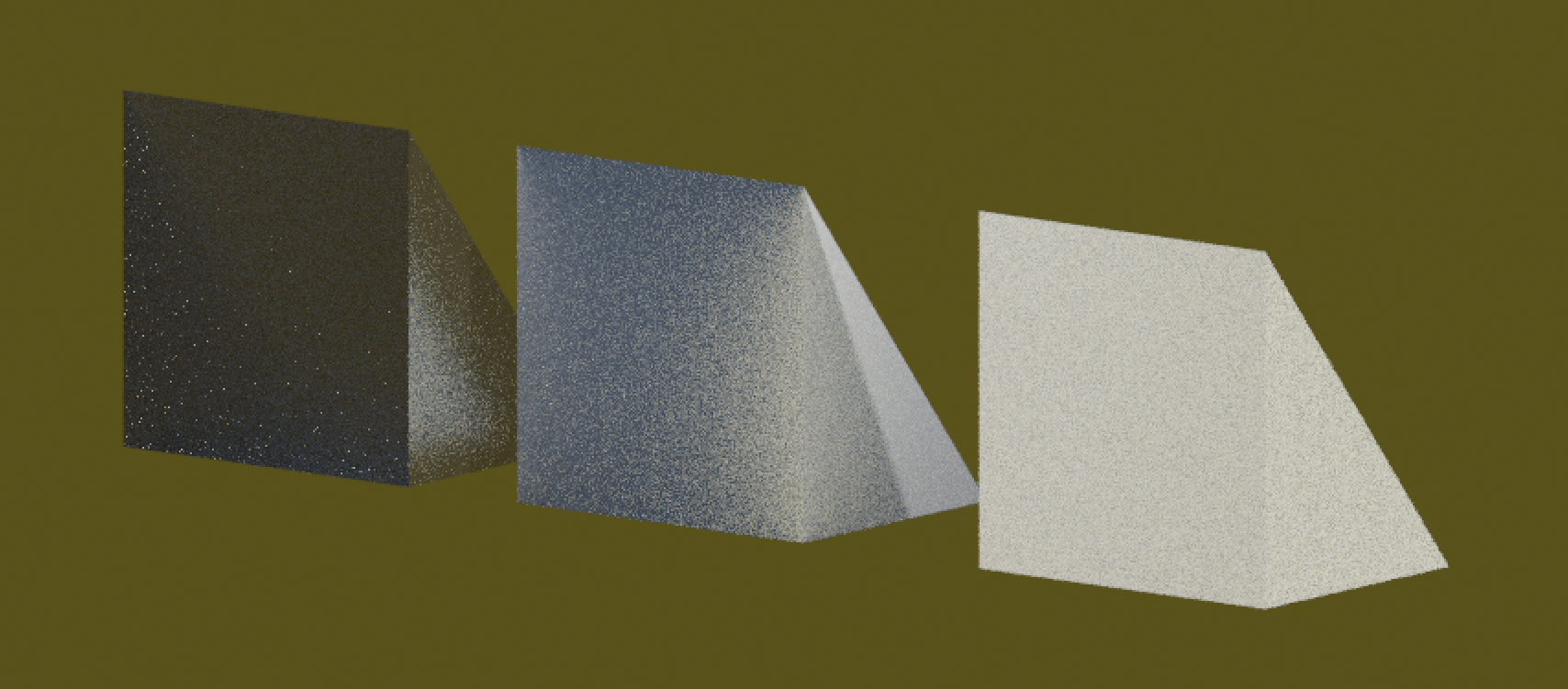Can I say that mixing the "Principled BSDF" shader and "Translucent BSDF" shader with a different color for the last one is an artistic decision whereas using the "Transmission" setting and the "Translucent" setting of the "Principled BSDF" node would achieve a physically more accurate result?
There is no transluscent setting on the Principled BSDF, and transmission is something different entirely, but yes the color of it is certainly an artistic decision. Translucency (as defined by the Blender node, not by the dictionary) is just diffuse with the light appearing on the opposite side of the normal. You can't see through it. Transmission is essentially just refraction and you can see through it. The roughness value blurs those refractions but the light is still coming through. Here's an example of rough transmission, translucency, and diffuse side by side.

Oh, sorry, I meant the "Transmission Roughness" setting of the "Principled BSDF" (where I erroneously wrote " 'Translucency' setting") in combination with the "Transmission" setting of the same shader in order to create a diffuse transmission which should create a translucency effect.
I was thinking at what is written in the Blender manual here:
" Reflection and transmission rays can further have these properties:
Diffuse: the ray is generated by a diffuse reflection or transmission (translucency)."
Ah, gotcha! A 0.5 mix of rough transmission can look like translucency in a lot of situations. I'm not sure how the Blender manual is using the word translucency in that situation though.
You hit on something that I didn't realize before - these two setups are incredibly close:

Logically it makes sense, but I had never considered it. I wouldn't say the first one is more physically correct though because the result will often be darker than it should be simply because it's really complex to trace all those rays and not all of them will find their light. It also requires cranking up the light path bounces which slows things down. I'm not sure exactly when I'd use the rough transmission technique, but I'm sure there's some situation in which it gives cool results.
I understand the Blender manual here like this:
Reflections and refractions can have diffuse (wide angle) and glossy (narrow angle) ray spreading so that the "Translucency Shader" calculating diffuse refractions is for transmission materials what is the "Diffuse Shader" calculating diffuse reflections for opaque materials.